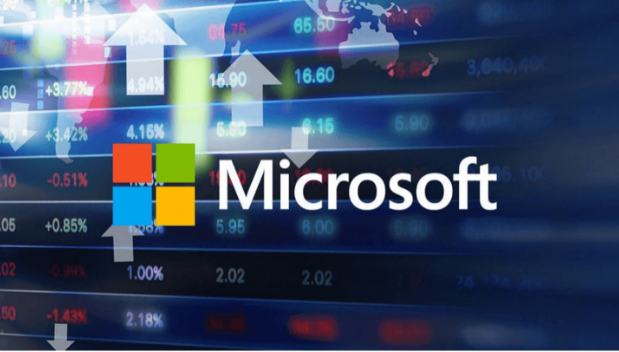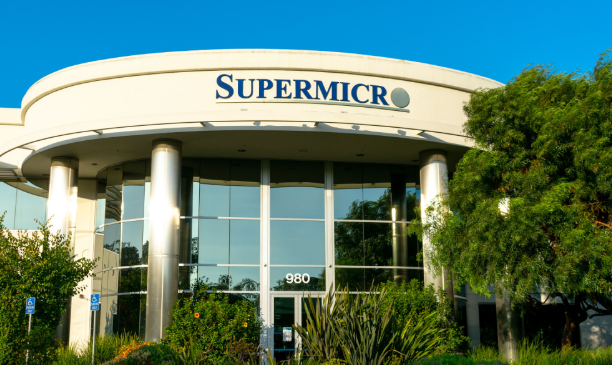Confluent (CFLT) Buy $22.25 Industry: Data Streaming
Secular Growth – 3 years, Target $43-45. Annual Gain 24%
Open-source Apache Kafka is ubiquitously used for data streaming. Confluent’s founders originally built Kafka and its wheelhouse is scalable data streaming and infrastructure management. The demand for real-time, low-latency data streams from IoT, Ad-Tech, and Autos to name a few, is only going to get greater and Confluent has the best cloud platform to constantly stream it at scale, enhance, maintain, and provide analytics for it.
What makes Confluent stand out?
Best in Class Product: Confluent does have large competitors; Amazon’s (AMZN) AWS, Microsoft’s (MSFT) Azure, and Alphabet’s (GOOG) Google Cloud have their own managed data streaming products. However, none have the focus, scale, rich features, implementation, integration, support, and cost savings that Confluent does. A Comparison of the products revealed 26 integrations for Confluent Versus 9 and 10 for the rest, much wider deployment, and stronger support and training.
Symbiotic Relationship: Besides, Confluent, having an agnostic platform, has partnerships with the CSPs (Cloud Service Providers) to fill in their data streaming product needs or bring them customers for storage and processing. So, it’s a symbiotic relationship and helps both the CSP and Confluent.
- Integration: Confluent’s Data Streaming Platform has several integrated components that will lead to greater engagement and monetization. Given the massive $60Bn Total Addressable Market, and the speed at which data streaming is moving, a comprehensive best-in-class platform at scale is a necessity, and building it gives them a big competitive advantage.
Several Monetization Streams: With Kafka as the foundation, the DSP does a lot more than just stream data, it uses 5 integrated processes of streaming, connecting, governing, processing, and sharing. All these components, including the non-Kafka ones, can be monetized and Confluent has started Freemium licensing/subscriptions to increase engagement and revenue. Using Apache Flink, it’s also increasing engagement and monetization for stream processing, governance, and sharing from customers like Netflix (NFLX) and Instacart (CART). The stream-sharing offering would be very valuable to the finance, insurance, and travel insurance industries, which need to share data with providers and customers.
Confluent had a slower-than-expected 3rd q-2023 revenue growth and in a day sank from $28 to $17, so it is volatile. Now, at $22, it’s a lot cheaper at 8.5x sales, and with 26% revenue growth on the anvil is reasonable for a startup, growth stock that started only in 2014 and IPO’d in 2021. While still making heavy losses, there has been significant improvement in margins and management has committed to continue doing so.









